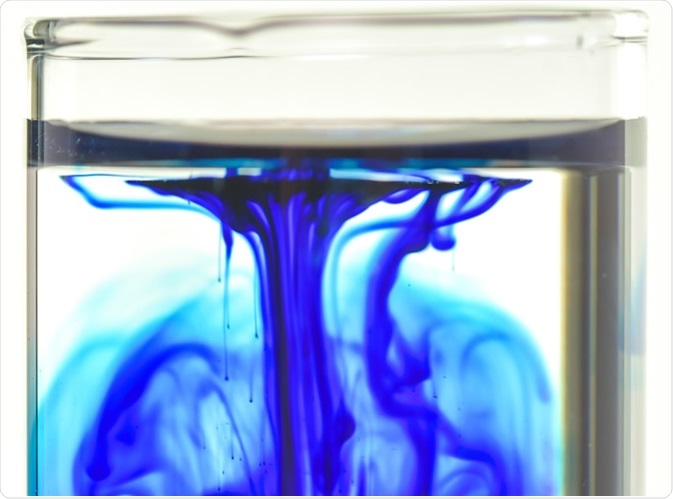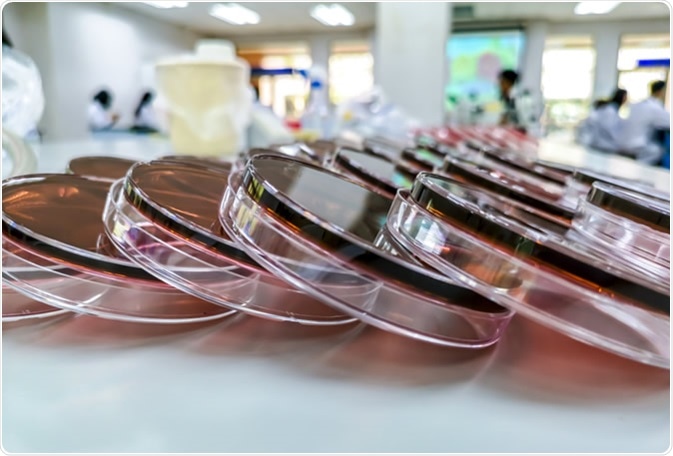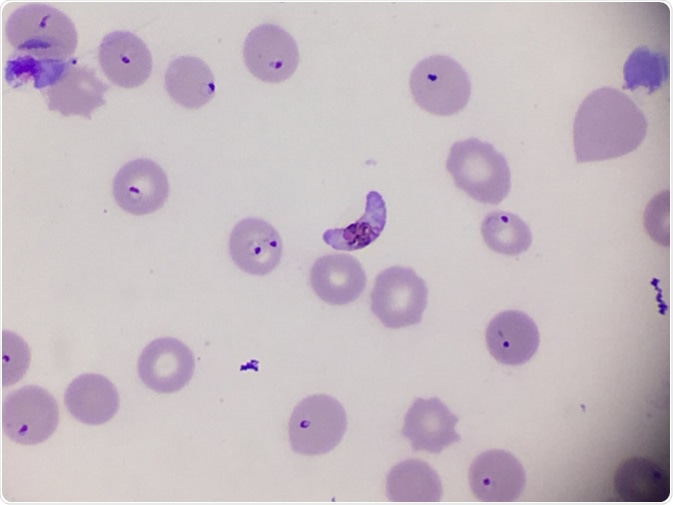Tetracycline hcl molecular weight
Methylene blue is a dye that was first developed to stain and inactivate certain microbes. It was also one of the first chemotherapeutic medications tested in humans, where it was used to treat malaria, in 1891. It was replaced by alternative methods, but is still used in staining preparations in histopathology today.

Chemistry and mechanism
Methylene blue has an oxidized phenothiazine ring system, as opposed to many other phenothiazine drugs which have reduced ring systems. This difference has profound effects on action and activity, as it increases the chemical structure’s angle and gives the ring system a positive charge. This allows methylene blue to interact differently with membranes and intracellular structures. For example, staining with methylene blue can be used to show membrane damage.
One well established use of methylene blue is as a stain for blood samples. It targets immature blood cells differently, and can therefore be used to demonstrate erythropoiesis (red blood cell production) and age-related decay.
Drugs with phenothiazine ring systems, like methylene blue, are hydrophobic. This can assist in intracellular distribution to allow methylene blue compounds to move inside blood cells.

Antimalarial agent
The first therapeutic use for methylene blue was as a treatment against malaria. It was mostly replaced by other synthetic derivates, such as chloroquine, but has recently been investigated for reintroduction as a antimalarial agent.
Malarial parasites, such as Plasmodium falciparum, are showing increased resistance to common antimalarial drugs. As a result, methylene blue has been revisited. Cell culture experiments have showed methylene blue to have remarkable antimalarial potency (IC50 at only 4 nM). Most importantly, animal experiments show that resistance to methylene blue is very low.

It seems like it could be a viable solution to a problem targeting poorer areas of the world. Production of 1 g of methylene blue could amount to 5 US cents or less. However, certain accounts of toxic episodes subsequent of methylene blue treatment need to be investigated first. These episodes appear to be linked to individuals with G6PD deficiency, an important enzyme in red blood cells. Screening data in Nigeria indicates that roughly 10% individuals have G6PD deficiency.
In addition to combating malarial parasites, methylene blue is hypothesized to have benefits in preventing a common malarial complication called methemoglobinemia. Methemoglobinemia occurs when the iron in hemoglobin is oxidized from the ferrous to the ferric state. This leads to a reduced ability for the blood to carry oxygen and carbon dioxide. The anemia that results from this is potentially fatal. Methylene blue can oxidize NADPH in the pathway of methemoglobin production and is thus considered to be potentially beneficial in preventing this condition.
Neuroprotective agent
Recent research has shown that methylene blue may be neuroprotective against several cytotoxicity related diseases such as stroke and Parkinson’s disease. Methylene blue is an electron carrier, which allows it to function against malaria and methemoglobinemia and is highly beneficial in cytotoxic situations in the brain as it encourages cellular oxygen consumption and decreases anaerobic glycolysis.
Methylene blue can decrease the production of reactionary oxygen species (ROS), protecting cells from glutamate blockage, attenuate the decrease in mitochondrial membrane potential, protect against IAA neurotoxicity, among other beneficial effects.
These benefits are highly relevant to conditions such as Alzheimer’s disease, Parkinson’s disease and stroke. Direct comparisons to antipsychotic drugs, such as phenothiazine, showed that methylene blue has similar neuroprotective effects, but a different mechanism. Current research suggests methylene blue functions as a mitochondria specific antioxidant, as opposed to drugs such as phenothiazine which are free radical scavengers independently of the mitochondria.
In addition to diseases like those listed above, methylene blue can prevent and manage brain damage in relation to tumors. Alkylating agents such as ifosfamide are used in treatment of some types of solid tumors, but can cause brain damage that may be mitigated by methylene blue. It is not entirely clear how methylene blue prevents brain damage in these cases, but it is likely due to its role in oxidation of NADH and restoration of mitochondrial enzymes.
Sources
- Schirmer R.H., et al. (2003). Methylene blue as an antimalarial agent. Redox Report. https://doi.org/10.1179/135100003225002899
- Poteet E., et al. (2012). Neuroprotective actions of methylene blue and its derivatives. PLoS ONE. https://doi.org/10.1371/journal.pone.0048279
- Wainwright M and Crossley K.B. (2002). Methylene blue – a therapeutic dye for all seasons? Journal of Chemotherapy. https://doi.org/10.1179/joc.2002.14.5.431
Further Reading
- All Methylene Blue Content
Last Updated: Jul 1, 2019

Written by
Sara Ryding
Sara is a passionate life sciences writer who specializes in zoology and ornithology. She is currently completing a Ph.D. at Deakin University in Australia which focuses on how the beaks of birds change with global warming.
Source: Read Full Article
